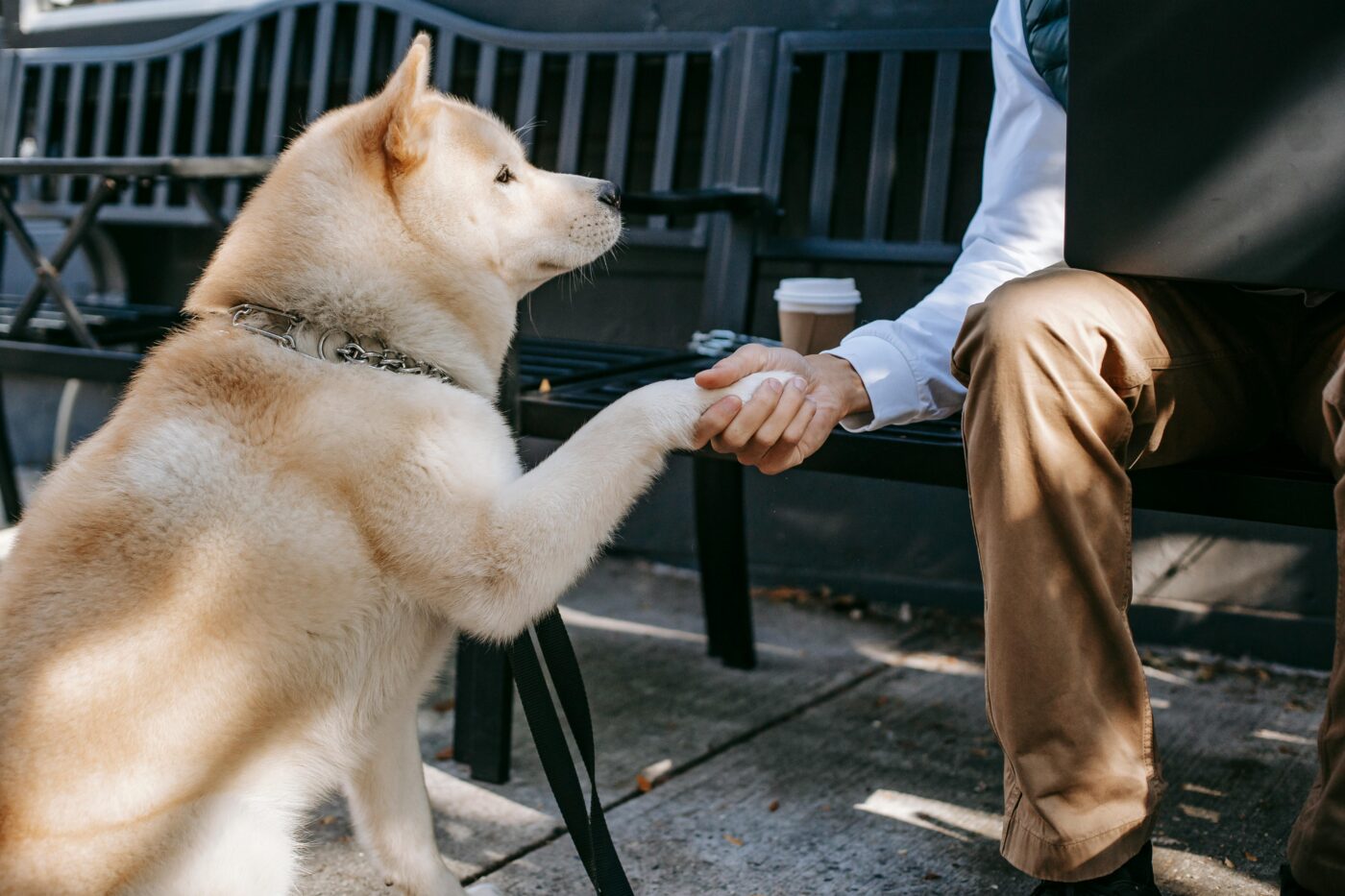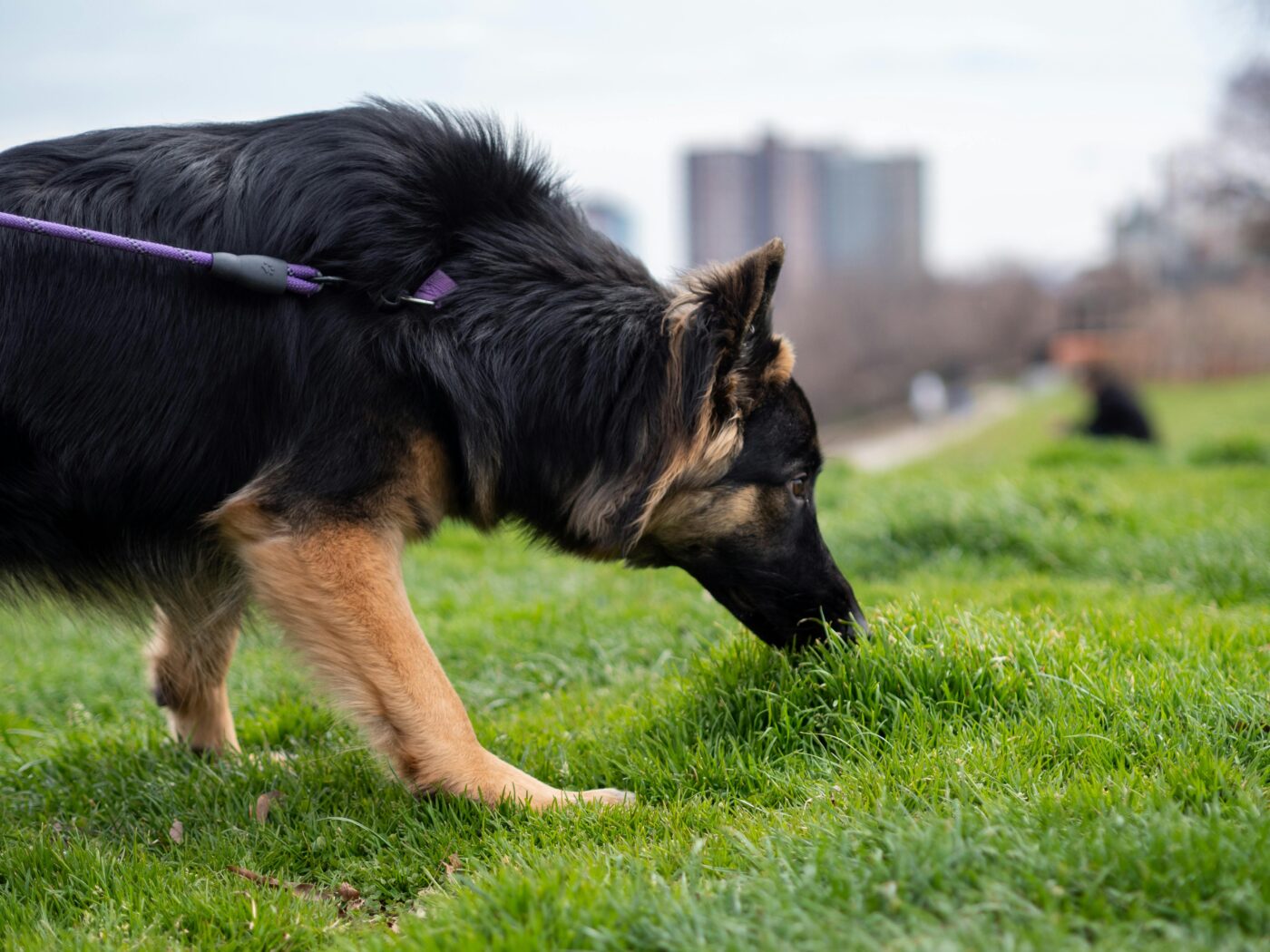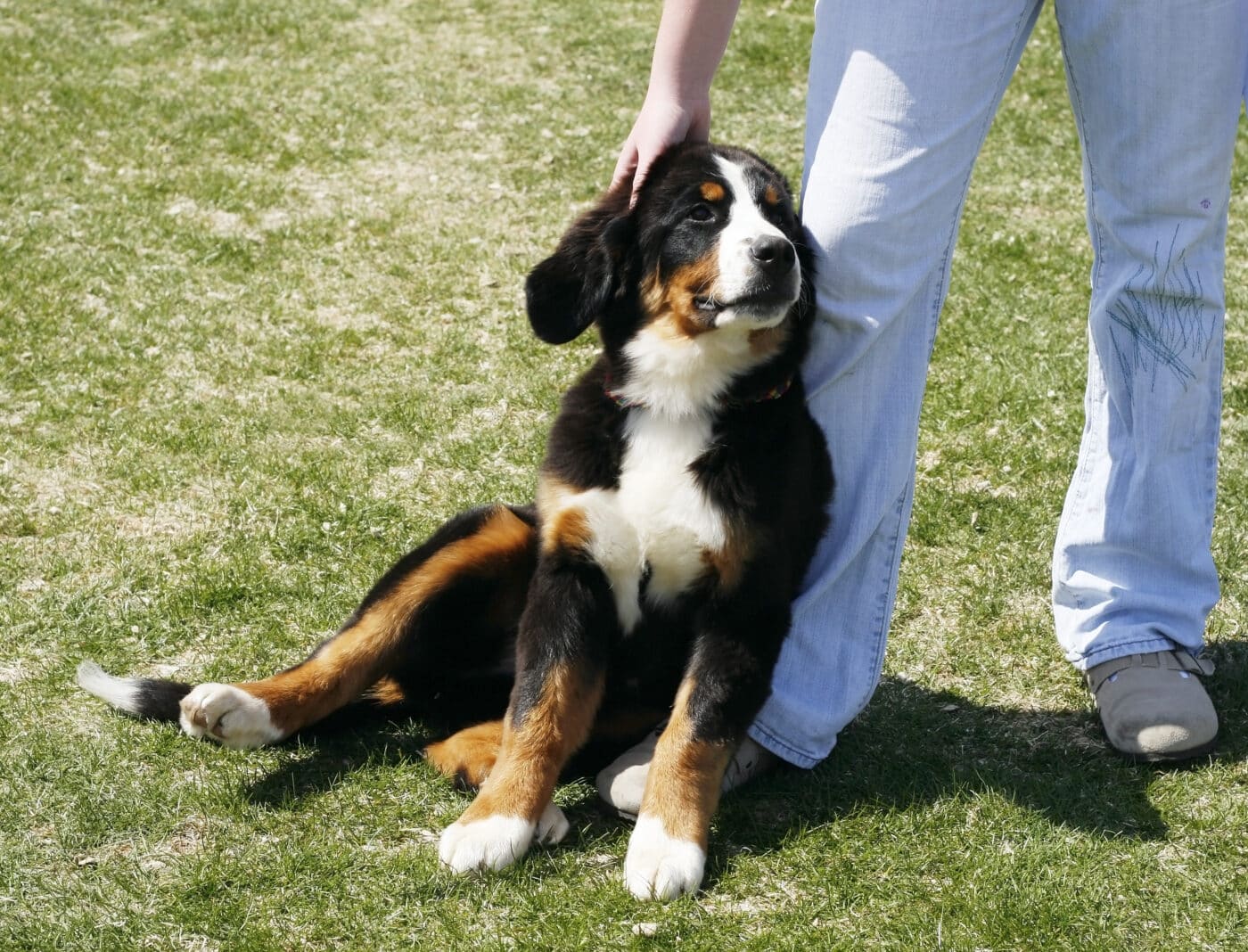 Shutterstock
Shutterstock
Dogs are widely celebrated for their loyalty, but their communication skills are just as remarkable. Using a mix of vocalizations and subtle body language, dogs have developed complex ways to express emotions, needs, and intentions to humans and other animals. While some signals, like tail wagging, are well-known, many forms of canine communication reveal a surprising depth, demonstrating just how nuanced and sophisticated dogs truly are in conveying messages. Understanding these skills deepens our appreciation for the intricate ways dogs interact with the world around them.
Tail Wagging – It’s Not Just for Happiness
 Shutterstock
Shutterstock
While most people interpret a wagging tail as a sign of happiness, the movement and position of a dog’s tail can indicate a wide range of emotions. A slow, tentative wag may indicate insecurity, while a stiff, high tail suggests alertness or dominance. Meanwhile, a tail held low with rapid, nervous wags can signify anxiety. Dogs use tail positioning to communicate with both humans and other animals, making it a vital part of their expressive repertoire. Observing a dog’s tail can reveal much about their current emotional state, providing important clues for better interaction.
The “Head Tilt” Mystery
 Shutterstock
Shutterstock
One of the most endearing gestures dogs make is the classic head tilt. While it’s charming, the tilt is often an indication that a dog is focusing intently on sounds or is trying to better understand human speech. Researchers believe head tilts help dogs better capture certain tones or expressions, particularly when they’re listening to familiar words or phrases. This communication skill not only displays attentiveness but also shows a dog’s eagerness to interpret and respond to human language, making the head tilt both a sign of intelligence and a highly effective communication tool.
Bark Translations
 Shutterstock
Shutterstock
The pitch and frequency of a dog’s bark carry specific meanings that help convey messages with more depth. A low-pitched bark is often a warning signal, while high-pitched, repetitive barks suggest excitement or friendliness. Dogs may vary their bark patterns depending on the context, such as alerting to a stranger versus welcoming a familiar face. By paying attention to these vocal patterns, dog owners can get a better understanding of their pet’s moods, creating a more interactive bond based on vocal cues and patterns that serve as a “language” between them.
Canine Eye Contact
 Shutterstock
Shutterstock
Dogs use eye contact to communicate trust, affection, and sometimes dominance. Prolonged eye contact is a sign of affection and bonding, which releases oxytocin, also known as the “love hormone,” in both the dog and the owner. In dog-to-dog interactions, however, direct eye contact can signal a challenge, indicating that context is key. When a dog stares intently at their human, it often means they seek attention, guidance, or validation. Understanding how to interpret eye contact helps improve human-canine relationships, making it a vital communication tool rooted in trust and emotion.
Paw Placement and Gestures
 Shutterstock
Shutterstock
Dogs use their paws for more than just walking; they also communicate with gestures like placing a paw on their owner. A paw placed gently on a human’s leg or arm often indicates a request for attention, while more persistent pawing may signal a need, such as hunger or playtime. Some dogs may even use paw gestures to calm themselves when they’re feeling anxious. The subtle yet varied messages in paw placement offer a window into a dog’s immediate needs and can help foster better communication between pets and owners.
Howling
 Shutterstock
Shutterstock
Howling is a form of vocalization that dogs have retained from their wolf ancestors. Sounds like sirens, musical notes, or other high-pitched noises often trigger it. This behavior is considered a form of social bonding, as it mirrors the communication style of wolves calling to their pack. Dogs may also howl to signal loneliness or react to certain sounds that mimic their natural instincts. Understanding why a dog howls can help owners better interpret emotional states, particularly when the dog is experiencing excitement or longing.
Ears as Emotional Indicators
 Shutterstock
Shutterstock
A dog’s ear position provides clues about its mood and attentiveness. Erect, forward-facing ears often indicate interest or focus, while ears held back might signify anxiety or submission. Some breeds have more expressive ears than others, making it easier to observe these cues. Ears swaying back and forth suggest attentiveness to surrounding sounds, an essential survival instinct inherited from wild ancestors. By paying close attention to ear movements, owners can gain insight into their dog’s feelings, especially in new or unfamiliar environments.
Sniffing
 Shutterstock
Shutterstock
Dogs have an incredible sense of smell, but sniffing isn’t just about exploring scents—it’s a form of communication, particularly when meeting other dogs. Through sniffing, they gather information about another dog’s gender, health, mood, and even diet. Dogs may also sniff their owners more than usual if they sense illness or stress, as scent plays a key role in understanding their environment. This ability to gather complex information through sniffing enhances a dog’s understanding of its surroundings, demonstrating a communication skill that relies on finely tuned sensory perception.
Play Bows
 Shutterstock
Shutterstock
The play bow is a universal signal in the dog world, indicating an invitation to play. When a dog stretches its front legs out and lowers its head while keeping its rear end up, it’s a clear signal to other dogs (and humans) that it wants to engage in friendly, non-threatening interaction. This gesture, which dogs instinctively understand, showcases their social intelligence and willingness to engage with others. For pet owners, recognizing the play bow can help set the tone for positive interactions and playful bonding with their furry friends.
Body Leans
 Shutterstock
Shutterstock
Dogs often lean against their humans to show affection, trust, or even seek reassurance. Leaning indicates that the dog feels safe and secure in its owner’s presence, much like how people feel comforted by physical closeness. It can also signify a request for attention or simply a desire for closeness. While the body lean might go unnoticed by some, understanding this gesture as a communication tool helps dog owners recognize moments of bonding and mutual comfort with their pets, deepening the emotional connection.
The Secret Language of Paws and Perks

Shutterstock
Dogs have evolved intricate ways to communicate that go far beyond barking. From tail wags to eye contact, each gesture and sound gives a window into their emotions, needs, and intentions. Understanding these forms of communication enriches the bond between dogs and humans, offering a deeper level of interaction. The next time your dog tilts its head or gives you a gentle nudge, remember these gestures are a form of “conversation,” showing just how expressive and thoughtful our canine friends truly are.
 Toledo, United States.
Toledo, United States.
